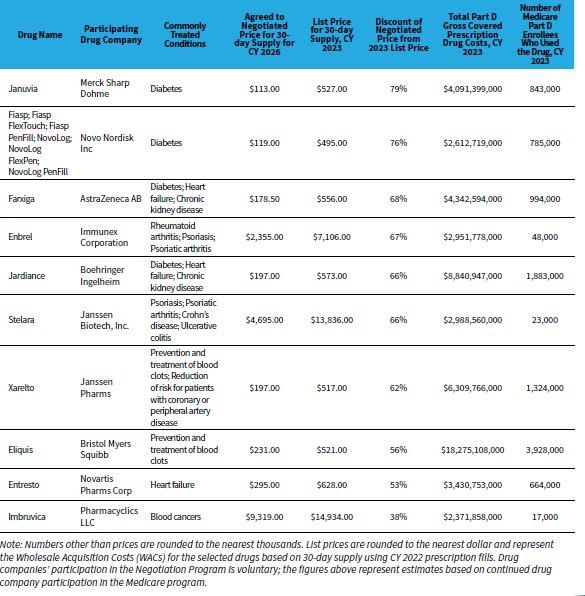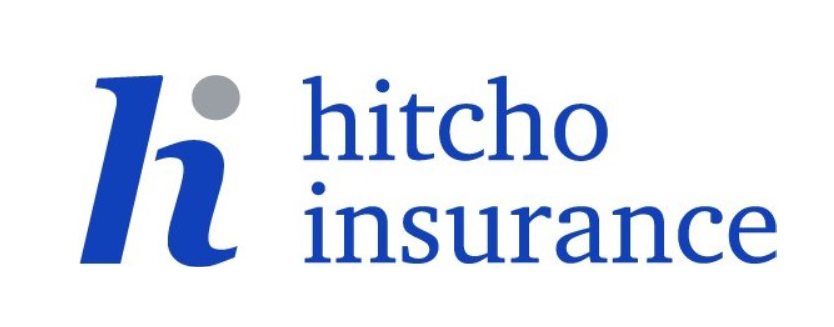Medicare Part D savings are coming soon – Here’s what to know going into 2026.
The Under the Inflation Reduction Act (IRA), signed by President Biden in 2022, allows Medicare to negotiate prescription drug prices. This change is designed to make medicines more affordable for people on Medicare Part D. This plan is set to take action in 2026, with savings up to 79% since 2023.
Which prescription drugs are affected? How much can you expect to save from your Medicare Part D plan? Let’s take a look at how this changes the future of drug prices.

Savings To Start Soon
The Inflation Reduction Act is set to become effective on January 1, 2026.
For the 54 million people enrolled in Medicare Part D, this act would enforce more cost-effective prescription drugs. The Inflation Reduction Act not only caps out-of-pocket drug costs but also ensures fair pricing through direct negotiation. The drugs effcted are those without cheaper alternatives. Prices will be updated annually based on inflation and may be revised further through continued negotiations.
For decades, Medicare was barred from negotiating drug prices. That era is finally over.
The 10 Selected Drugs
In 2023, approximately 8.8 million Medicare Part D enrollees used these medications to treat conditions including diabetes, heart failure, blood clots, and cancer. These 10 drugs alone accounted for $56.2 billion in gross prescription drug costs—20% of all Medicare Part D spending that year.
Here are the 10 drugs selected:

Table view:
| Name | Drug Type | $ Price Before | $ Price After |
| Eliquis | blood thinner | $521 | $231 |
| Xarelto | blood thinner | $517 | $197 |
| Januvia | diabetes drug | $527 | $113 |
| Jardiance | diabetes drug | $573 | $197 |
| Enbrel | rheumatoid arthritis drug | $7,106 | $2,355 |
| Imbruvica | blood cancers | $14,934 | $9,319 |
| Farxiga | diabetes, heart failure and chronic kidney disease | $556 | $178 |
| Entresto | heart failure drug | $628 | $295 |
| Stelara | psoriasis and Crohn’s disease | $13,836 | $4,695 |
| Fiasp and NovoLog | diabetes drugs | $495 | $119 |
On average, the negotiated prices are more than 50% lower than the current list prices. In 2023, these 10 drugs alone accounted for $56.2 billion in total Medicare Part D costs, about 20% of total drug spending under the program. Nearly 9 million people used at least one of these drugs that year.
How the Process Worked
CMC looked at a range of data, including how much each drug costs to make, its effectiveness compared to other treatments, and even what patients and doctors had to say. CMS then sent an initial price offer to each drug company. The companies had a chance to respond with a counteroffer, and CMS met with each of them multiple times to talk through the numbers and reach a fair price.
For five of the drugs, both sides agreed on a price during those meetings. For the other five, CMS made a final written offer—and each company accepted by the deadline. This process showed that it’s possible to balance fair prices with support for continued drug innovation.
What’s Next?
This is just the beginning. CMS is already preparing for the next round of drug negotiations, which will lead to more savings starting in 2027. Each year, new drugs will be added to the negotiation process, and prices will be updated based on inflation and other factors.
Medicare’s ability to negotiate drug prices is a major win for individuals on Part D of Medicare. It’s a long-overdue step toward making prescription drugs more affordable and protecting the Medicare program for generations to come.
Need help finding a Medicare plan? Call Hitcho Insurance today and let our experts guide you to the best choice for your needs (610) 694-9435.





